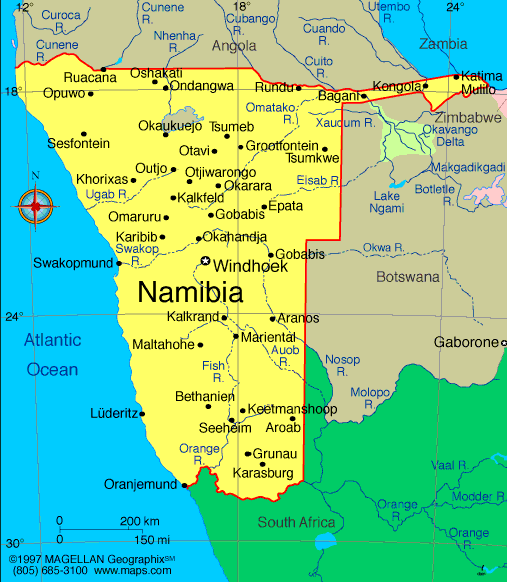ON FOOD:
You might be wondering why I did not discuss food as extensively as I did in other travel stories. I made the mistake of not taking food pictures while on this trip. But I am able to describe the cuisine that we enjoyed over there in a few simple sentences. Basically, we ate game meat – lots of them! And I tried them all – ostrich, kudu, eland, oryx, zebra, springbok, and other types of antelopes – either in steak form or braai.
I should mention that at that time, I was a “pescetarian,” with my diet consisting mainly of seafood and vegetables and strictly no meat. I had been a "pescatarian" for over eight years prior to this trip but I broke the rules the moment I landed in Africa. I figured, it was worth it. I was in Africa! How could I not try their game meat? But this was temporary. I reverted back to being a “pescetarian” when we came back to Canada…until I got pregnant and I started craving some Filipino dishes that are mostly meat-based, but I digress. My food choices are for a separate discussion.
Going back to Namibian food, the other staples we enjoyed there were the fresh seafood in the coastal regions and the German fare, especially in Swakopmund. And while there were Indigenous dishes incorporated into our meals, such as the potjiekos (one-pot bush stew), boerewors (sausages), sosatie (shish-kebabs), and the Kalahari truffles, there are plenty more to try. All the more reason to go back!
ON PLACES UNSEEN:
We skipped a few places on this trip because we couldn’t possibly fit all of them in the itinerary. On my checklist for next time are:
Kolmanskop and Luderitz, both of which were described in a previous article
Walvis Bay - a more in-depth visit, plus see the flamingoes
Cape Cross Seal Reserve – to see hundreds of thousands of seals all together
Spitzkoppe – to see the breathtaking landscape and unique rock formations; it’s called the “Matterhorn of the South”
Twyfelfontaine – the largest site of Bushmen engravings in Africa
Etosha National Park – the largest salt pan and the biggest wildlife sanctuary in Namibia (my husband was wary of malaria that's why we didn't go this time) to see herds and herds of Africa’s “big five” (elephants, lions, leopards, buffalos, and rhinos) as they refresh themselves in the watering holes
Skeleton Coast – the most inaccessible shores in Namibia dotted with shipwrecks
Caprivi Strip – the northeastern appendage of Namibia (now known officially as the Zambezi region) that looks like a limb sticking out from the mainland and surrounded by so many other countries (Angola and Zambia to the north; Bostwana to the south; and the eastern tip is 100 meters from the borders with Zimbabwe) and has an interesting history of colonial barter; it is said that this panhandle only exists because the Germans negotiated to have access to the Zambezi River and that “the Germans thought the Zambezi River would lead to the Indian Ocean; too bad, the Victoria Falls got in the way!”
ON ACTIVITIES UNDONE:
I would have loved to engage in these activities but didn’t get the chance due to our jampacked itinerary:
Sand-boarding
Quad-biking
Camping under the stars
Camel safari
Visit the Namibian tribes like the Himba, the Damara, the Herero, and the San (Bushmen) peoples to know about them and their heritage
And I repeat what I always say, “So much to see, so little time!”

















Comments